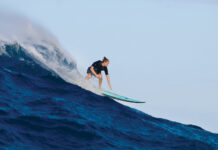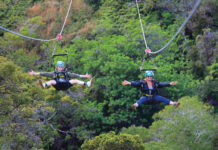Story and Photography by Cody Roberts
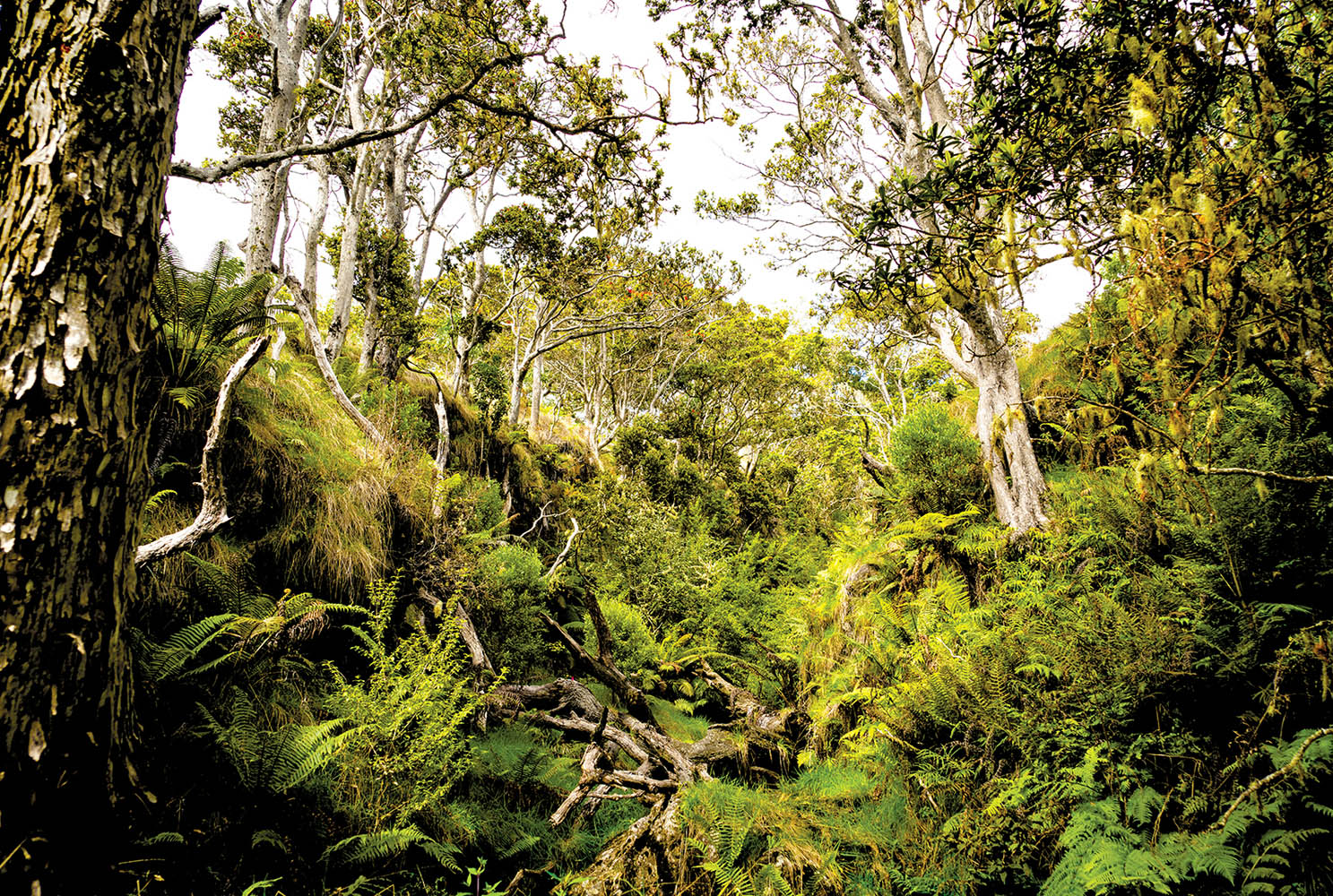
The first rays of dawn have yet to illuminate the Olinda forest above Makawao town. It’s 5:15, and the crisp mountain air revives our senses as we gather outside the headquarters of the Maui Forest Bird Recovery Project. Nine of us, four project leaders and five volunteers, are poised to embark on a mission to help restore a native Hawaiian forest and prepare a supportive habitat for the imminent release of kiwikiu (Maui parrotbills) into the Nakula Natural Area Reserve. Over the next five days, we will become like family, living and working together in the wilderness.
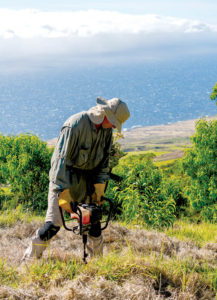
One of our guides, Christopher Warren, explains that the Maui Forest Bird Recovery Project was created “to stop the extinction of Maui’s honeycreepers,” kiwikiu among them. And none too soon. Hawai‘i once had more than fifty species of honeycreepers. Today, Chris says, “even in the most intact forests on Maui, there are only six species of Hawaiian honeycreepers left. The birds we have now are only a small part of what was once here.” (Fewer than 300 kiwikiu are estimated to exist in the wild, mainly inhabiting the wet ‘ōhi‘a forests at high elevations in windward East Maui.)
Chris and leaders Laura Berthold, K.J. Passaro, and Kristi Fukunaga help the rest of us load our packs—stuffed with nearly a week’s worth of clothing, food, hiking gear, tools and equipment—into their two waiting trucks, and we’re off. We traverse Kula Highway as it snakes upcountry past Kēōkea and ‘Ulupalakua, then descends the leeward southeastern slopes of Haleakalā into Kaupō, where a helicopter will transport us to our base camp, nearly 5,000 feet above sea level.
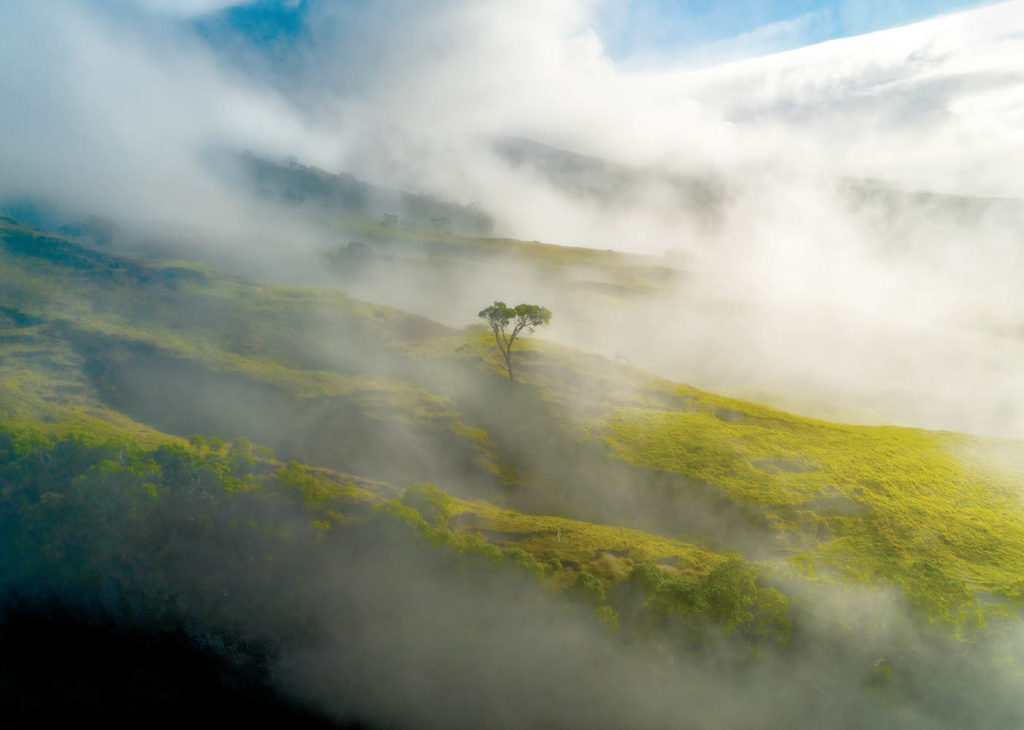
During our stay, we will plant more than 1,000 specimens of native flora, including ‘ōhi‘a and koa (dominant trees in the Hawaiian forest canopy), along with understory trees and shrubs like māmane, pilo, a‘ali‘i and kanawao. This symbiotic collection of plants creates ideal habitat for kiwikiu and several other indigenous birds. The benefits of a vital native forest extend to humans, as well. As the clouds sweep across the mountain, moisture collects on the trees and trickles slowly down to the forest floor, filtering through layers of lava rock and augmenting the watershed, providing the cleanest, most efficient and renewable source of fresh water in the islands.




